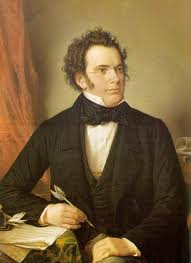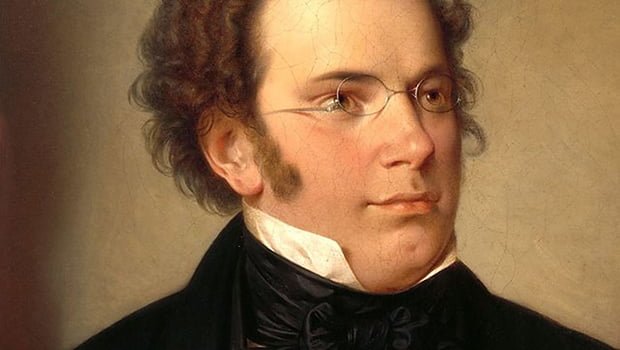The History of Franz Schubert’s Piano Trio No. 2 in E-flat Major, Op. 100
Franz Schubert’s Piano Trio No. 2 in E-flat major, Op. 100, D. 929 stands as one of the towering achievements of the Romantic chamber music repertoire. Composed in the final year of Schubert’s tragically short life, this trio is a work of profound depth, lyrical beauty, and emotional complexity. It reflects both the composer’s personal struggles and his remarkable ability to transform suffering into music of transcendent beauty.
A Composition from Schubert’s Final Year
Schubert composed the Piano Trio No. 2 in November 1827, during a period marked by both intense creativity and declining health. By this time, he had already been diagnosed with what is now believed to be syphilis, and he was painfully aware that his time was limited. Yet 1827–1828 was a remarkably productive time for him: in addition to this trio, he composed the Winterreise song cycle, the Impromptus, the Mass in E-flat, and began sketches for his unfinished symphony in D major.
The trio was likely inspired by Schubert’s friendship with the Austrian violinist Ignaz Schuppanzigh and the pianist Karl Maria von Bocklet. It was premiered privately in January 1828, during a house concert, and later performed at a public concert in March of the same year, one of the few public concerts featuring Schubert’s music during his lifetime.
Structure and Musical Features
The Piano Trio No. 2 is structured in four movements:
- Allegro
The first movement opens with a bold, expansive theme. Schubert’s trademark lyricism is immediately apparent, as he weaves together long, flowing melodies with surprising harmonic turns. The music exudes a noble and confident character. - Andante con moto
The second movement is perhaps the most famous of the four. It features a hauntingly beautiful theme, based on a Swedish folk song called “Se solen sjunker,” which Schubert had encountered in a collection of Scandinavian music. The theme is presented with quiet dignity and is then subjected to a series of emotionally intense variations. This movement has been used in numerous films, most notably in Stanley Kubrick’s Barry Lyndon (1975). - Scherzando – Allegro moderato
The third movement offers a moment of lightness and playful elegance. Its delicate scherzo and contrasting trio section display Schubert’s gift for grace and charm, even within a work of great emotional gravity. - Allegro moderato
The final movement is a sonata-rondo, blending earlier thematic material with new ideas in a rich and dynamic culmination. Schubert revisits the slow movement’s main theme, lending a cyclical structure and a sense of introspective unity to the piece.
Critical Reception and Legacy
During his lifetime, Schubert was overshadowed by contemporaries such as Beethoven and was largely known for his songs and piano miniatures. However, works like the Piano Trio No. 2 helped to change this perception, even if only posthumously. Robert Schumann later praised the work, writing that “a glance at Schubert’s trio, and the troubles of our human existence disappear and all the world is fresh and bright again.”
Today, the piece is considered a masterpiece of the piano trio genre. Its lyrical richness, emotional range, and innovative formal design have earned it a central place in the chamber music repertoire. The trio is frequently performed and recorded by leading ensembles and remains one of Schubert’s most beloved instrumental works.
A Farewell in Music
The Piano Trio No. 2 in E-flat major is often interpreted as a kind of musical farewell from Schubert. Its melancholic beauty and noble expressiveness seem to reflect the composer’s awareness of his own mortality. Yet rather than despair, Schubert offers consolation and serenity, creating a profound sense of peace through music.
As a work composed just months before his death in November 1828, this trio represents the summit of Schubert’s mature style—one that continues to inspire and move audiences nearly two centuries later.


Comments are closed